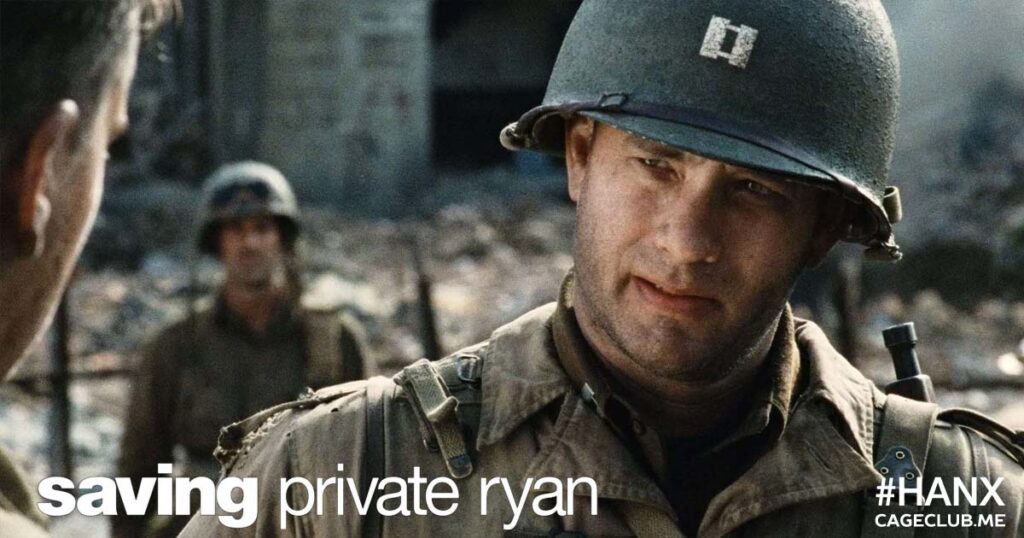
Saving Private Ryan, directed by Steven Spielberg, is a landmark war film that redefined the genre with its unflinching portrayal of the horrors of World War II. Released in 1998, the film is renowned for its raw realism, compelling storytelling, and powerful performances, particularly from Tom Hanks, who plays Captain John Miller.
The narrative begins with the harrowing D-Day invasion of Normandy, where American forces storm the beaches in one of the most graphic and intense battle sequences ever captured on film. Spielberg’s direction, combined with Janusz Kamiński’s cinematography, immerses viewers in the chaos and brutality of combat. The gritty realism of the opening scene sets the tone for the entire film, establishing a sense of urgency and emotional weight that resonates throughout.
The central plot follows Captain Miller and his squad of soldiers, who are given a seemingly impossible mission: to locate and bring home Private James Ryan (Matt Damon), the last surviving brother of four servicemen killed in action. As Miller and his men traverse war-torn France, they face not only the dangers of battle but also the moral complexities of their mission. The film raises poignant questions about duty, sacrifice, and the value of human life, compelling audiences to consider the cost of war.
The ensemble cast features standout performances from a talented group, including Edward Burns, Barry Pepper, and Giovanni Ribisi, each portraying soldiers with distinct personalities and backgrounds. As they confront their fears and the harsh realities of war, their camaraderie develops, making their sacrifices all the more impactful. The characters become relatable and human, allowing viewers to connect emotionally with their struggles.
Throughout the film, Spielberg masterfully balances action with quieter, introspective moments. The interactions among the soldiers reveal their hopes, fears, and personal stories, deepening the emotional stakes of their mission. The character development adds layers to the narrative, highlighting the bonds formed in the face of adversity.
The film’s climax culminates in a fierce battle at a French village, where the squad confronts German soldiers in a desperate attempt to fulfill their mission. The intensity of the action sequences, coupled with the emotional weight of the characters’ sacrifices, creates a gripping narrative that keeps audiences on the edge of their seats.
Saving Private Ryan is not just a war film; it is a profound exploration of heroism, the cost of duty, and the moral complexities faced by soldiers. The film’s unflinching depiction of the brutality of war serves as a powerful reminder of the sacrifices made by those who serve, capturing the essence of bravery amidst chaos.
In conclusion, Saving Private Ryan (1998) is a cinematic masterpiece that has left an indelible mark on the war genre. With its stunning visuals, compelling performances, and thought-provoking themes, the film stands as a testament to the sacrifices of those who fought in World War II and a reflection on the human experience in times of conflict. Spielberg’s direction and Hanks’s performance combine to create an unforgettable narrative that resonates with audiences, reminding us of the enduring legacy of courage and sacrifice.




